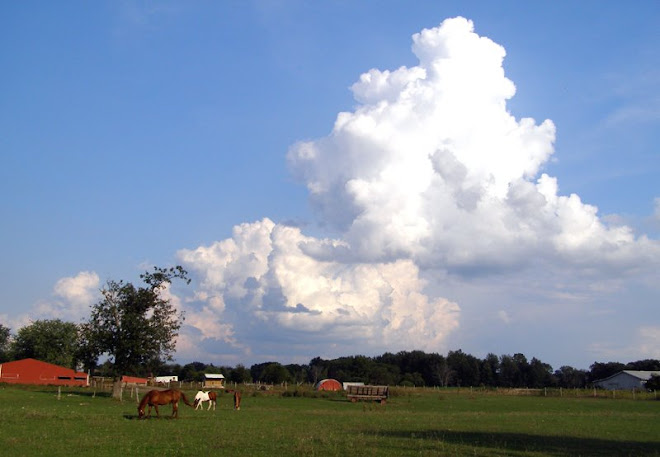
When we moved to the farm in 2003 we didn't know about a certain local spooky story.

We had heard the true story of the Burning Bed, revealed to the world in a non-fiction book by Faith McNulty, and then made into a 1984 TV movie with Farrah Fawcett about Francine Hughes, the abused wife who set fire to her house in 1977, killing her husband, and getting away with it by "reason of insanity." I don't think she was insane, and I guess I'm glad she got away with it. I had seen the movie back in '84, but when we bought the farm I had to be reminded we were going to be living in the same town where the Burning Bed happened.

The Witch of Seven Gables Lane
"The adventurers who tread the back lane called Seven Gables near Dansville in Ingham County still sniff the air to see if they can smell the acrid, burning flesh of the witch who supposedly lived there in years past. . . .

. . . As the legend goes, local marauders locked the woman into her house, which was then set on fire. She perished in the flames, but the stories say she remains to wreak vengeance on those who still dare to venture near her property. . . .

. . . The place became such a teen mecca that a fence was erected to keep snoopers out of the area. The effort proved fruitless as thrill seekers still found their way back to the deceased woman's old place. But they didn't get away scot-free. It was said that the ghost would scream at trespassers and that the scream meant instant doom to its hearers if the premises weren't cleared immediately."



















 In case you didn't already get the idea that I am lazy after describing the "ruthie method" above, I have another confession. My second confession is that up to now I have used the "auto" setting on
In case you didn't already get the idea that I am lazy after describing the "ruthie method" above, I have another confession. My second confession is that up to now I have used the "auto" setting on 






















